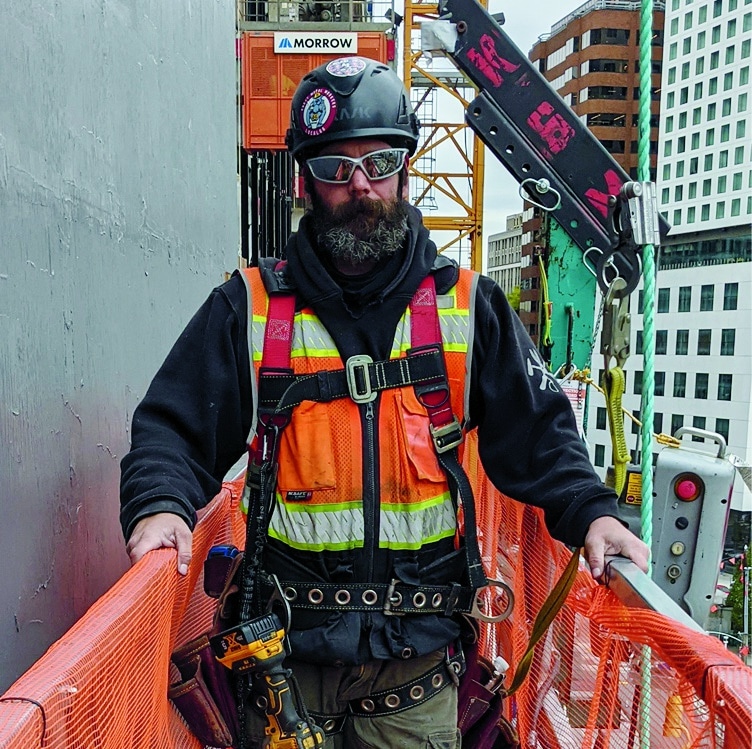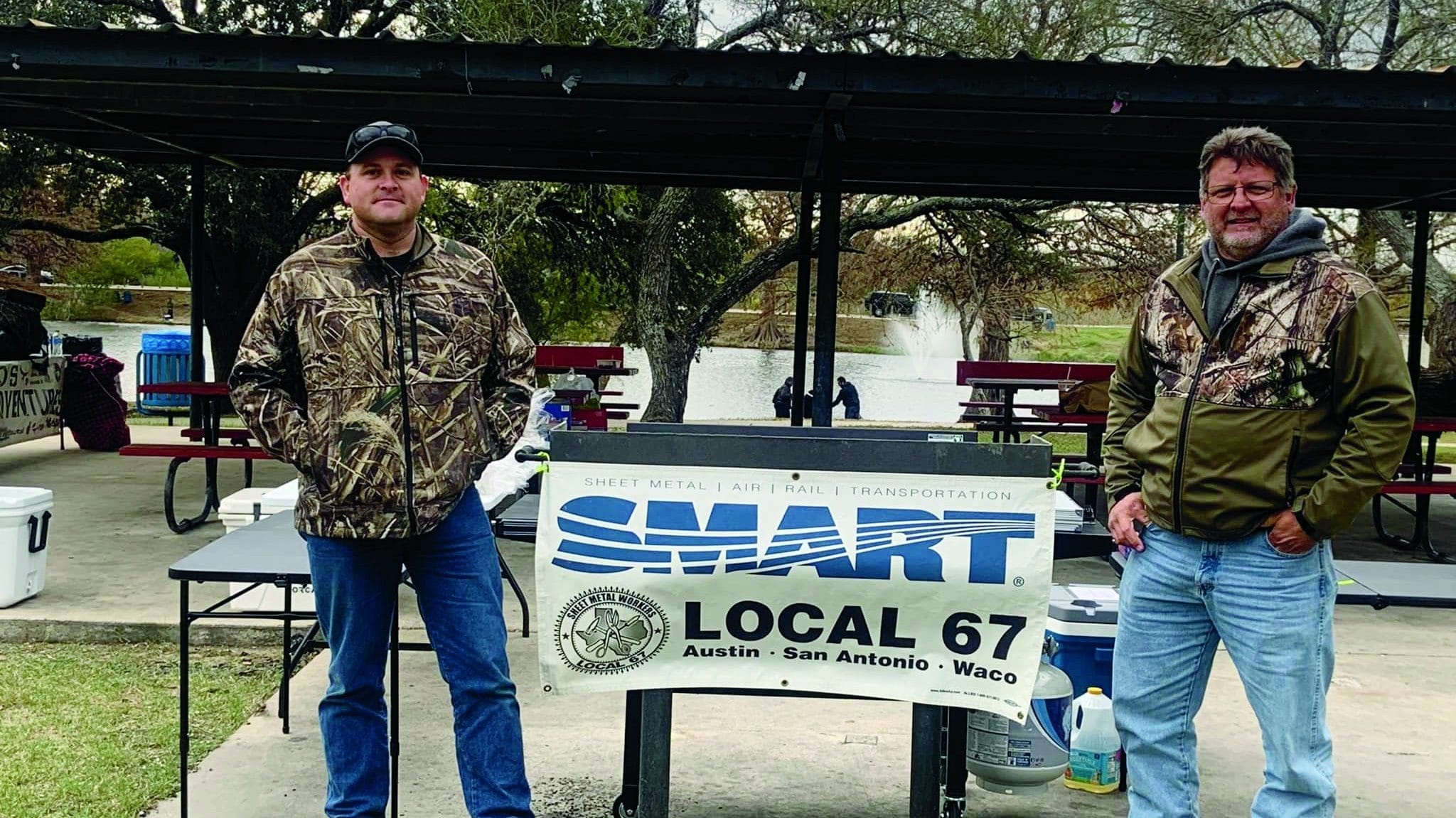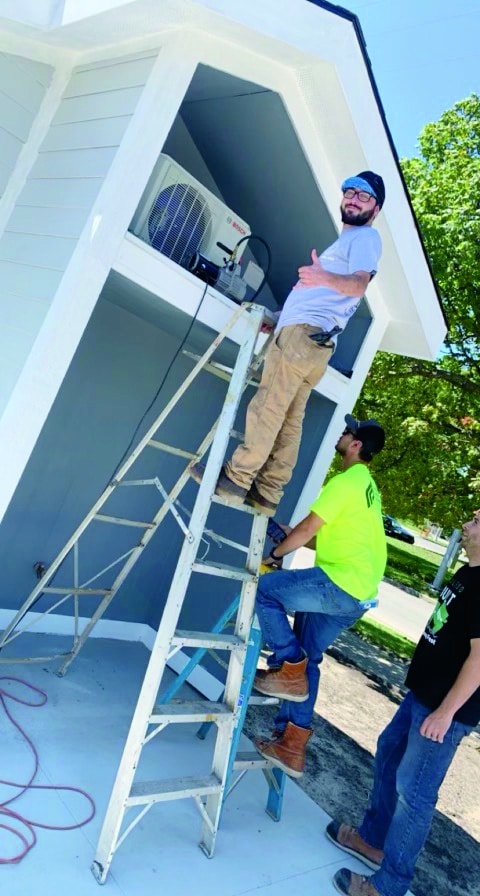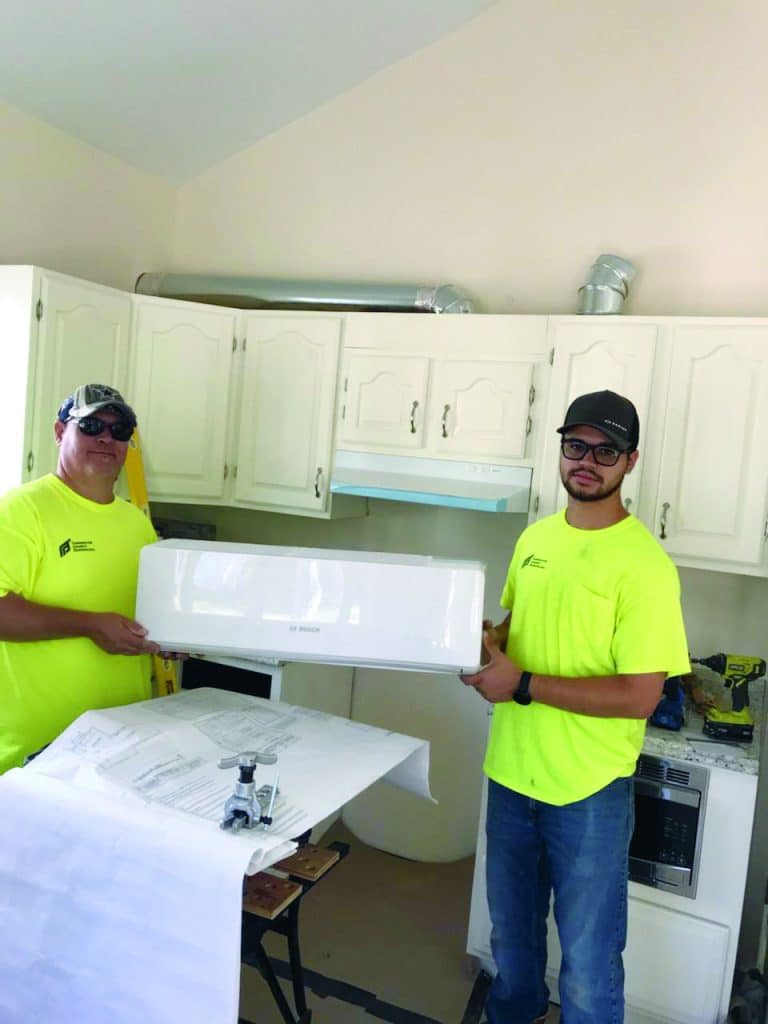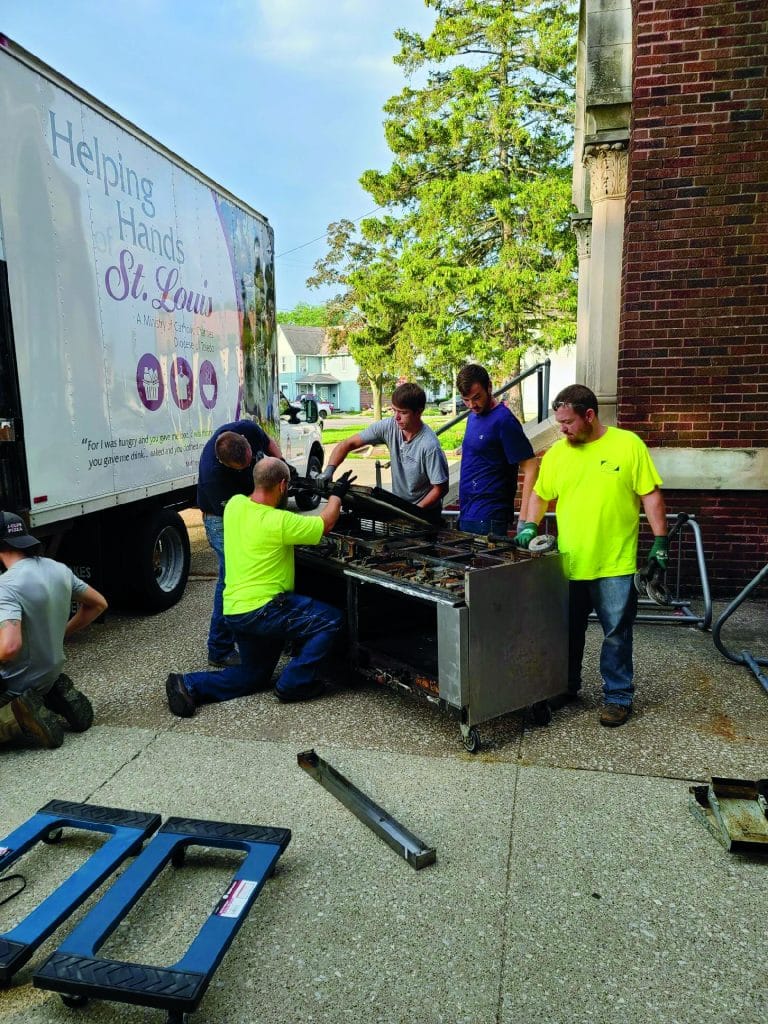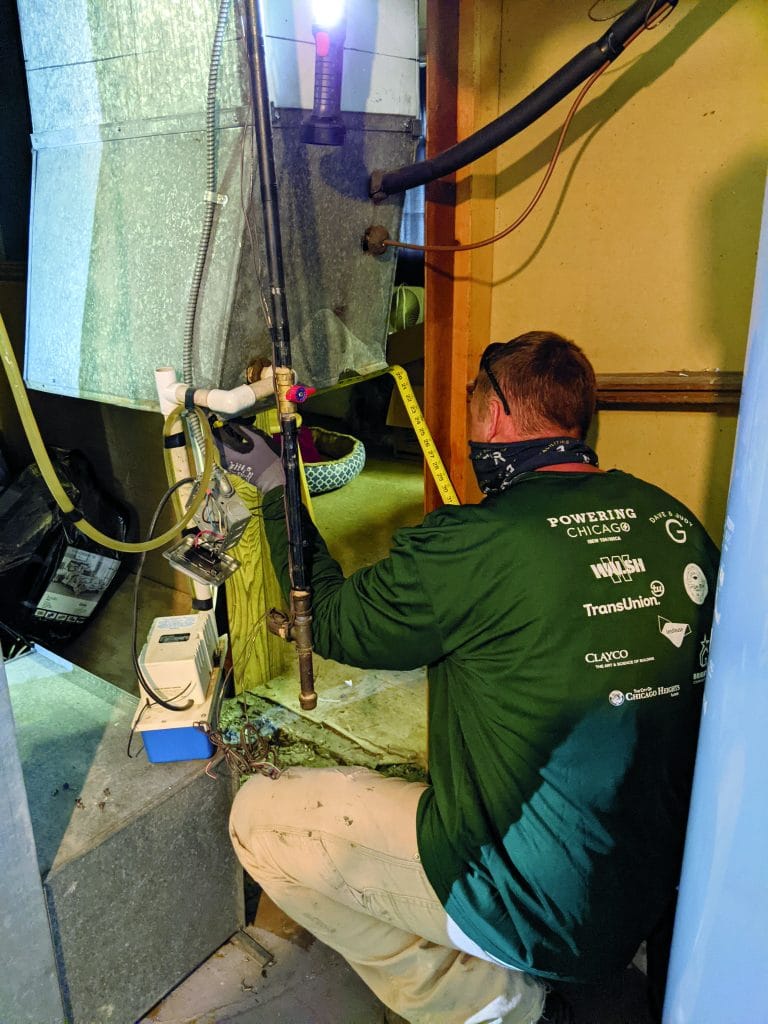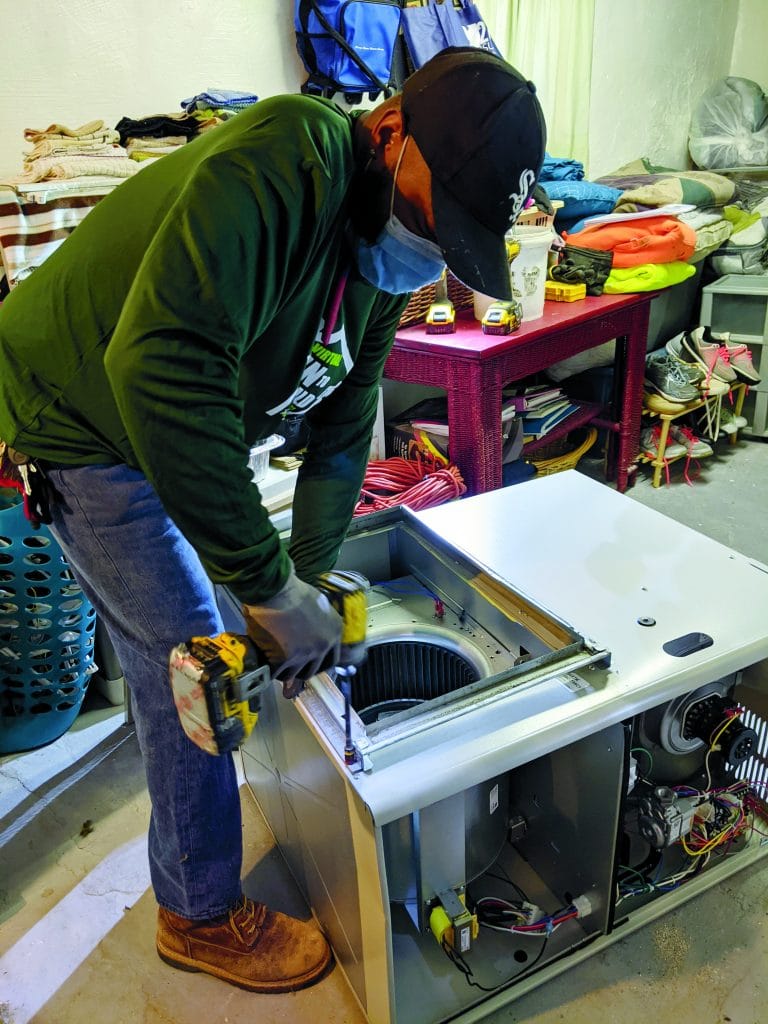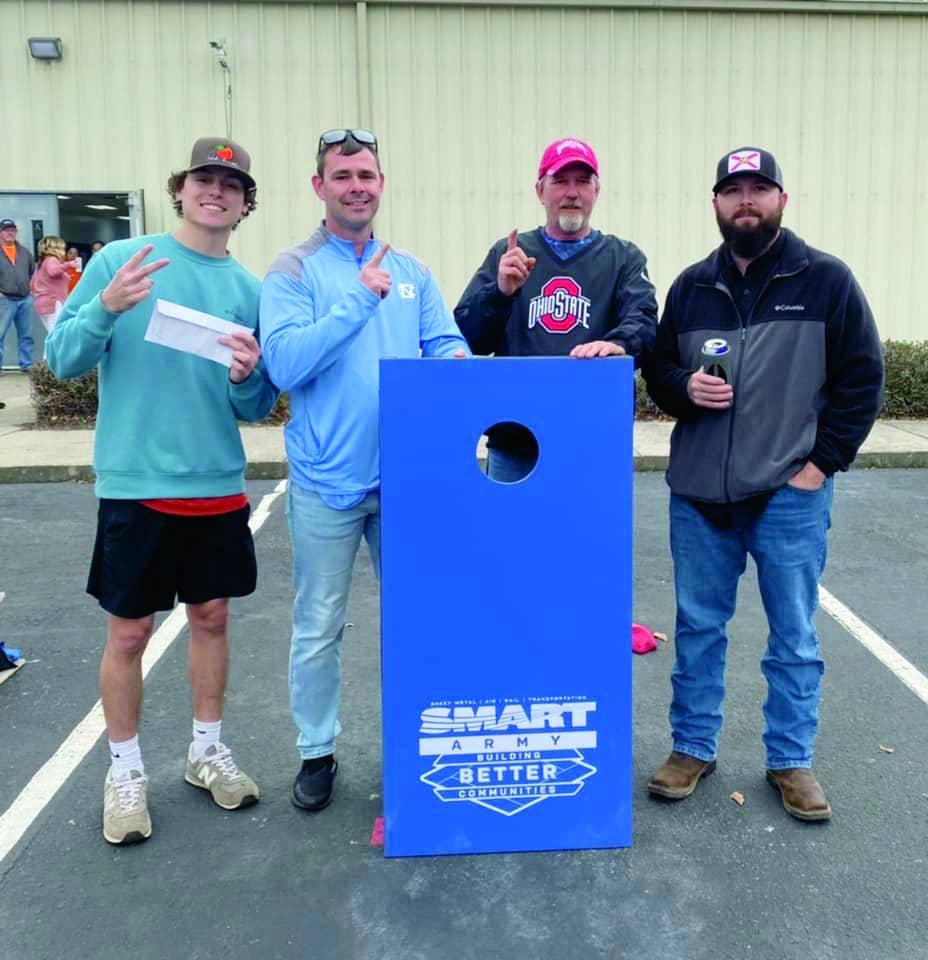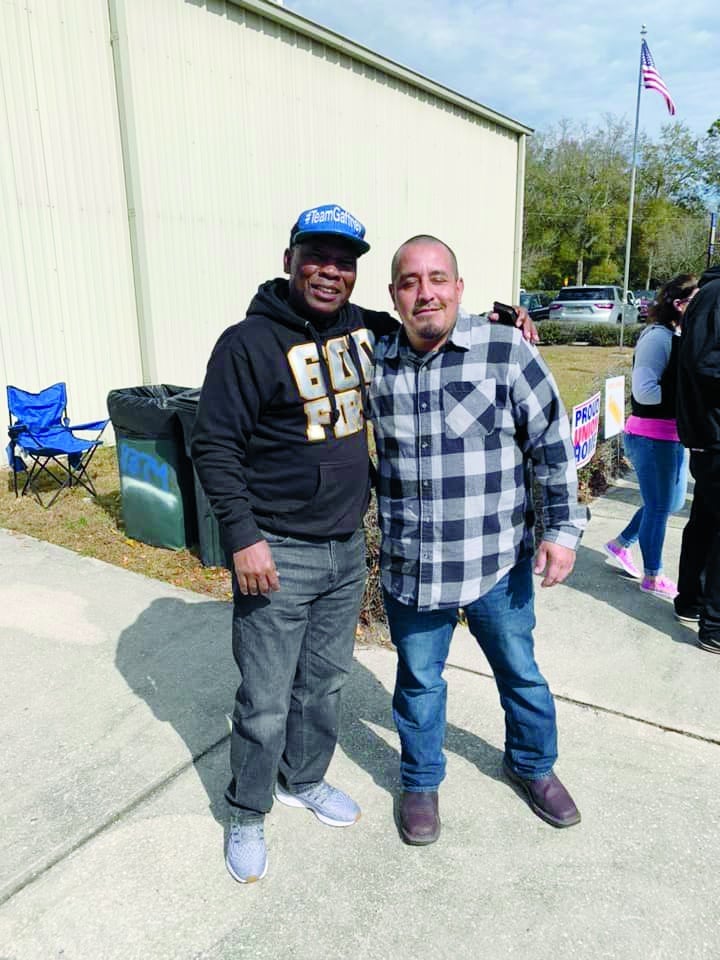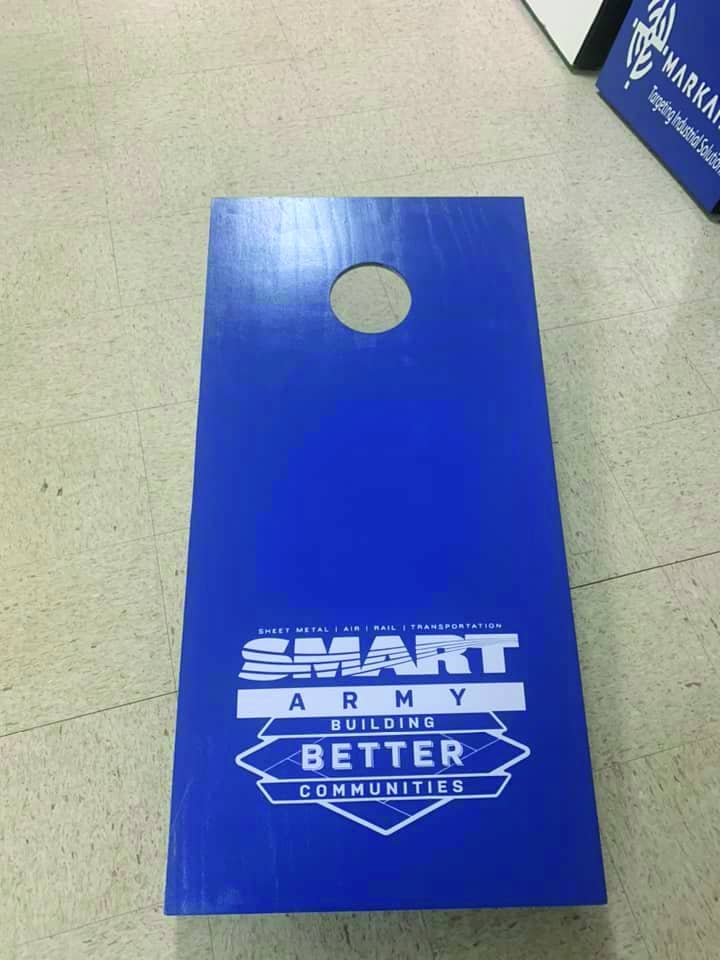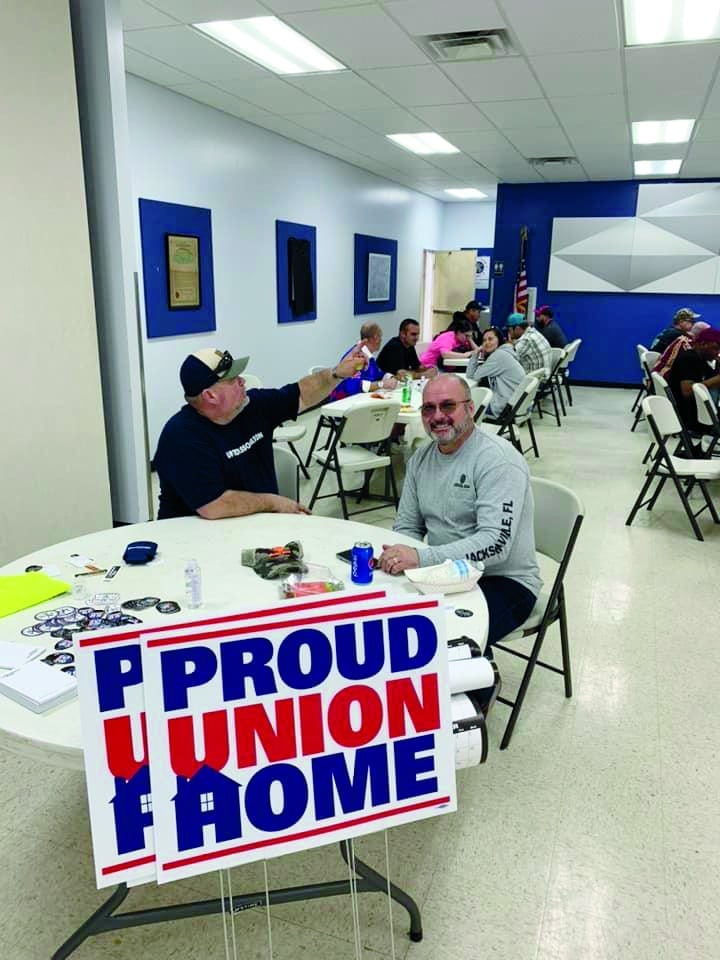In early September, two musicals returned to Broadway — “Hadestown” and “Waitress” — and in the future, many more will return.
Actors, producers, directors, musicians, stagehands, costume designers, audiences and the litany of others who make live shows possible will all be a little safer thanks to a recent partnership between the Actors’ Equity Association (AEA) and NEMI. The two organizations have joined forces to implement theater ventilation protocols aimed at creating safer work environments that will mitigate the dangers of COVID-19 as well as other pathogens.
Actors, producers, directors, musicians, stagehands, costume designers, audiences and the litany of others who make live shows possible will all be a little safer thanks to a recent partnership between the Actors’ Equity Association (AEA) and NEMI.
The partnership began after union representatives from the AEA attended a presentation given by NEMI Director of Training Chris Ruch on indoor air quality and ventilation verification assessments of buildings.
After the presentation, the AEA reached out to NEMI and asked for help in creating guidance they wanted to institute for theater owners and operators.
As NEMI and AEA began to formulate guidelines, it quickly became clear that there was a disconnect between what the AEA was asking for and what theater owners, operators and their contractors were providing regarding indoor air quality assurances.
What NEMI produced, in collaboration with the AEA and contractors from SMACNA, was a set of guiding documents that helped overcome what NEMIC Northeast Representative Jeremy Zeedyk called the “language barrier” between AEA members and the contractors who would provide the work. This helped standardize the requirements and clearly outline the responsibilities of all concerned parties for AEA signatory theaters throughout the country.
“NEMIC created a cover page of sorts for the theater owners and operators.” said Zeedyk, who worked closely with AEA representatives in drafting the information. “It basically explained what the steps are and what their role in the process would be, which includes contacting the contractors with the proper certifications to perform the work.”
NEMI’s guidelines outline the standards, and the forms provided in the packet include sample test forms and procedures so contractors can understand the scope of work required to bring a facility into compliance. After completing the testing per the specifications, a report of the findings would be submitted by the owner to a licensed design professional to review and make suggestions for adjustments, repairs or replacements.
Per the partnership agreement, the contractors would then utilize a skilled, trained and certified workforce — SMART members — to perform the testing, adjusting and balancing, as well as any necessary repairs to bring the building into compliance with the American Society of Heating, Refrigerating, and Air-Conditioning Engineers (ASHRAE) Standard 62.1 or the local code, whichever is more stringent. The contractor would also help the owners develop long-term maintenance plans to ensure buildings stay in compliance.
“So far, this partnership has been a resounding success. It has allowed a group concerned with indoor air quality in the buildings where they live and work to create safer environments that will last far beyond the pandemic.”
– NEMIC Northeast Representative Jeremy Zeedyk
“So far, this partnership has been a resounding success,” Zeedyk said. “It has allowed a group concerned with indoor air quality in the buildings where they live and work to create safer environments that will last far beyond the pandemic. It has educated a whole new audience on the importance of indoor air quality and the effectiveness of ventilation verification assessments. It has spotlighted SMACNA contractors and SMART members, and the important work they do, and through NEMIC’s efforts, we have been able to help AEA effectively communicate their needs to both theater owners and the contractors performing the work.
Zeedyk noted that the benefits have ripple effects into communities beyond just the AEA members — professionals in the HVAC industry make the indoor air quality safer and more productive for AEA members and the theater patrons who come to see them perform, he said.
“I know of facilities in Maine, New York, New Jersey, Connecticut and California, just to name a few, that have actively followed the guidelines,” Zeedyk said. “I like to say we are helping to reopen theaters from Broadway to Hollywood and all points in between.”
When unions collaborate, even from different industries, a gathering place can be safer for everyone, said Mary McColl, AEA executive director.“This is especially true in this case, where not only will the workers benefit, but so will the audience,” McColl said.
